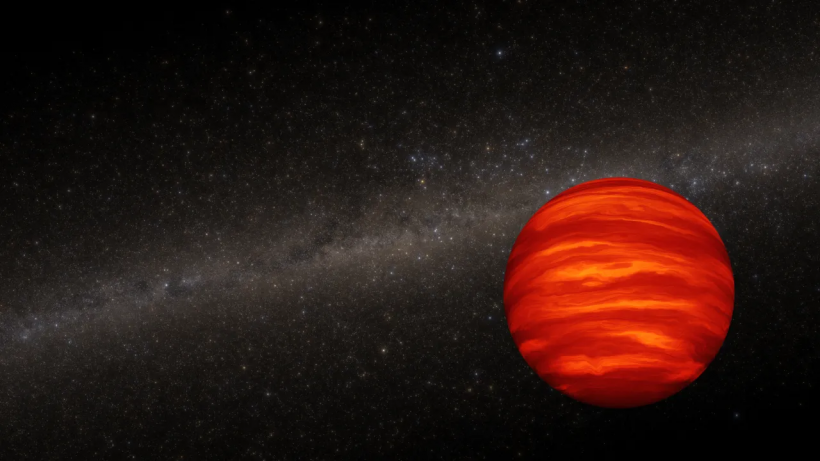Recent observations from NASA's Hubble Space Telescope reveal a poignant tale of celestial solitude: Aging brown dwarfs, once part of binary systems, are growing increasingly lonely.

(Photo: NASA, ESA, Joseph Olmsted (STScI))
Lonely Aging Brown Dwarfs
Brown dwarfs are cosmic objects larger than Jupiter yet smaller than stars. Like their stellar counterparts, they are born from the gravitational collapse of gas and dust clouds.
However, they inhabit a realm between planets and stars as they lack sufficient mass for sustained hydrogen fusion, according to NASA.
Researchers utilizing Hubble have unveiled a surprising scarcity of companions among the lowest-mass and coldest brown dwarfs, suggesting that these binary partners quickly part ways.
Despite Hubble's capability to detect binaries separated by distances as close as 300 million miles, akin to the Sun's distance from the asteroid belt, no such pairs were found among surveyed brown dwarfs in our solar neighborhood.
This phenomenon implies that the gravitational bond between binary dwarfs weakens over time, leading them to drift apart within a few hundred million years under the gravitational influence of passing stars.
Lead author Clémence Fontanive of the Trottier Institute for Research on Exoplanets at Université de Montréal, Canada, remarks on the rarity of widely separated companions among the lowest-mass and coldest isolated brown dwarfs.
While binary brown dwarfs are observed in younger systems, the absence of companions among older brown dwarfs suggests that some may have initially formed as binaries but subsequently diverged over time.
Read Also: NASA Hubble Space Telescope Sees 2 Doomed Stars Creating a Pretty Cosmic Necklace
Common Birth Process with Stars
These new findings bolster the prevailing notion that brown dwarfs share a common birth process with stars, originating from the gravitational collapse of molecular hydrogen clouds, according to NASA. However, unlike stars, brown dwarfs lack the requisite mass for hydrogen fusion, rendering them unable to generate energy internally.
Fontanive highlights the motivation behind the study, emphasizing the exploration of mass thresholds for observed trends among multiple star systems. The survey provides compelling evidence that the binaries observed in their youth are unlikely to persist into old age, as they are susceptible to disruption over time.
The research team, leveraging a sample of brown dwarfs identified by NASA's Wide-Field Infrared Survey Explorer, focused on some of the coldest and lowest-mass old brown dwarfs in proximity to the solar system. These ancient brown dwarfs feature temperatures only a few hundred degrees warmer than Jupiter, with atmospheres rich in water vapor.
The team employed two near-infrared filters to identify potential companions, one designed to highlight bright, cold brown dwarfs and another targeting specific wavelengths where water absorption renders them faint.
"Our Hubble survey offers direct evidence that these binaries that we observe when they're young are unlikely to survive to old ages, they're likely going to get disrupted. When they're young, they're part of a molecular cloud, and then as they age the cloud disperses," said Fontanive.
"As that happens, things start moving around and stars pass by each other. Because brown dwarfs are so light, the gravitational hold tying wide binary pairs is very weak, and bypassing stars can easily tear these binaries apart."
The new Hubble findings were published in The Monthly Notices of the Royal Astronomical Society.
Related Article: NASA's Hubble Space Telescope Captures Stunning Image of a Dwarf Galaxy Under Pressure










